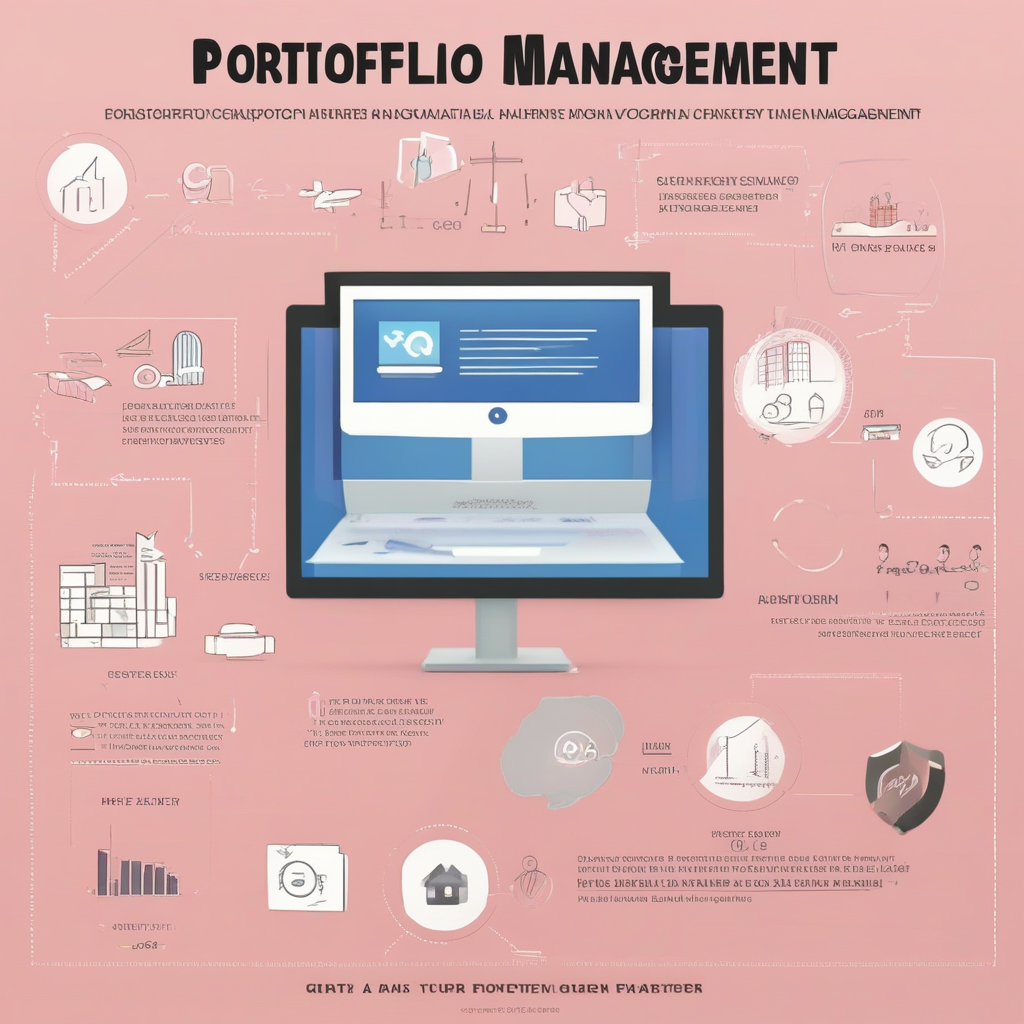Introduction
Portfolio management may sound like a big, fancy word. But don’t worry. It’s super fun once you understand it! Imagine you have a treasure box filled with your favorite toys. Some toys are action figures, some are dolls, and some are cool gadgets. Managing your treasure box is like managing a portfolio. Instead of toys, grown-ups have stocks, bonds, and other investments that they keep in their portfolio to grow their money.
So, why do they need to manage this? Just like you want your favorite toys at the top of your box, people want the best investments in their portfolio. Managing it helps them keep everything in the right place. Let’s dive deeper and learn more about how portfolio management works and why it’s important. Don’t worry, we’ll keep things super simple and fun to understand!
What is Portfolio Management?
Portfolio management is like being the boss of your money. Imagine you have a piggy bank that you keep filling up with coins. One day, you decide not to just save, but to also make that money grow. That’s what adults do with their savings—they invest! They put money in stocks, bonds, or even real estate, hoping to earn more money.
Portfolio management is when you decide where to put your money to get the best results. It’s all about picking the right investments, just like picking the best toys to play with. You have to decide which toy is the most fun or which one is the most valuable. In investing, you decide which stocks or bonds will give you the most profit.
Why is Portfolio Management Important?

Managing your portfolio is like being the captain of your ship. If you don’t steer it the right way, you might end up lost at sea. Similarly, if you don’t manage your investments, you might not make the most out of your money. It’s important because it helps you:
- Grow Your Money: By investing wisely, you can make your savings grow over time.
- Reduce Risk: Not all investments are safe. Some can lose value, just like how some toys can break easily. Portfolio management helps you choose safer options.
- Stay Organized: Just like keeping your room tidy, managing your portfolio keeps your investments in order.
Now, let’s look at some key features of good portfolio management.
Key Features of Portfolio Management
| Feature | Description |
|---|---|
| Diversification | Don’t put all your money in one place! Spread your investments to reduce risk. |
| Risk Management | Always check how risky your investments are. The goal is to balance risks. |
| Asset Allocation | Choose the right mix of stocks, bonds, and cash. |
| Performance Tracking | Keep an eye on your investments to see how they are doing. |
| Rebalancing | Adjust your investments if one gets too big. |
| Cost Management | Watch out for fees that can eat into your profits. |
| Goal Setting | Know why you are investing. Is it for college? A new game console? |
| Time Management | Know when to buy, hold, or sell your investments. |
Types of Investments in a Portfolio
Investing is like choosing different types of candies. Some are sweet, some are sour, and some are just perfect. Here are the main types of investments:
1. Stocks
Stocks are like owning a tiny piece of a company. If the company does well, your stock’s value goes up. It’s like owning a cool, limited-edition toy that everyone wants.
2. Bonds

Bonds are like lending money to a friend with the promise they’ll pay you back with extra. It’s safer than stocks but usually grows slower. Think of it like trading snacks—safe but not super exciting.
3. Mutual Funds
These are like a candy mix! They include different stocks and bonds all in one. It’s managed by experts who decide what to buy and sell. So you don’t have to worry much, just enjoy the results.
How to Create a Balanced Portfolio
Creating a balanced portfolio is like making the perfect smoothie. You need the right mix of fruits (investments) to make it tasty and healthy. Here’s how:
- Choose Different Investments: Don’t just pick stocks. Add bonds and cash too.
- Set Your Goals: Know why you’re investing. Is it short-term like saving for a bike or long-term like college?
- Check Your Risk Level: Decide how much risk you can handle. Can you take a little risk, or do you want to play safe?
- Review Regularly: Just like checking your homework, review your portfolio to make sure everything is on track.
Common Mistakes in Portfolio Management

Everyone makes mistakes, even when managing their portfolio. Here are some to watch out for:
- Putting All Money in One Place: It’s like putting all your toys in one basket—risky!
- Ignoring Fees: Some investments come with hidden fees that can eat your profits.
- Not Reviewing Regularly: Always keep an eye on your investments to make sure they are performing well.
FAQ: Frequently Asked Questions
1. What is the best way to start managing a portfolio?
Start by setting clear goals and understanding what you want to achieve with your investments. Diversify your investments to reduce risk, and always keep an eye on how they perform.
2. How often should I check my portfolio?
It’s good to check your portfolio every few months. However, if there’s a big change in the market, you might want to take a quick peek to ensure everything is fine.
3. Is investing in stocks safe?
Investing in stocks can be risky, but with the right strategy, it can also be rewarding. Diversifying and choosing wisely can help manage the risk.
4. What happens if I lose money?
Losing money can happen, especially if you take higher risks. That’s why diversification and regular check-ups on your portfolio are important.
5. Can I manage my portfolio on my own?
Yes, you can! There are plenty of tools and resources available to help you. However, getting advice from a financial expert can also be helpful, especially when you’re starting out.
Conclusion
Portfolio management may sound complex, but it’s like managing your own treasure box of toys. With the right mix, regular check-ups, and smart choices, you can grow your money safely and reach your financial goals. Remember, the key is to diversify, keep an eye on risks, and have a plan.
Just like you’d pick the best toys to play with, pick the best investments for your portfolio. By doing this, you set the stage for a bright and successful financial future. So go ahead, be the boss of your money, and watch your savings grow!
